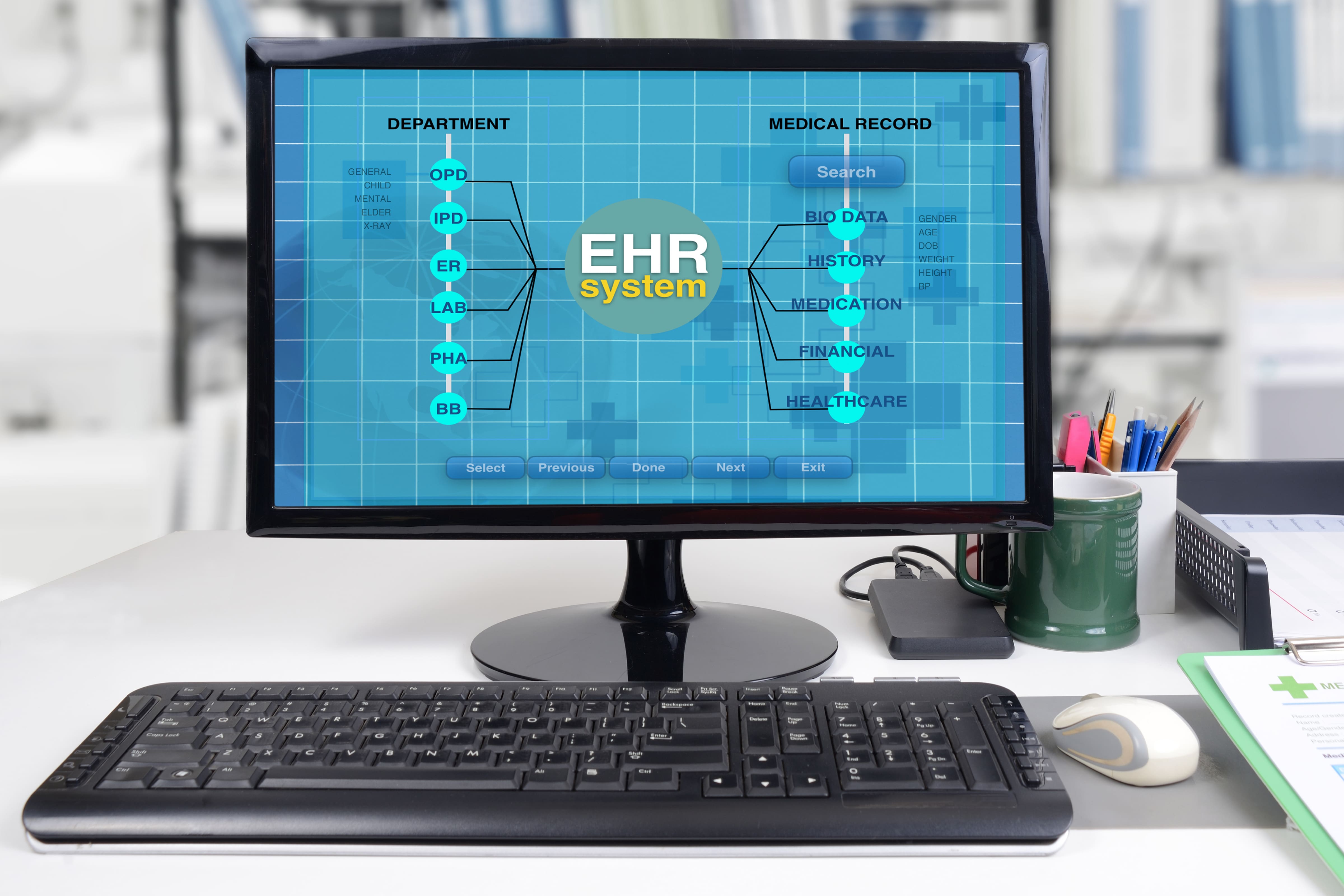Electronic Health Record Messaging Patterns of Healthcare Providers
Electronic health record messaging network found to improve communication and lead to better medication adherence.

According to the Joint Commission, miscommunication and teamwork failures among healthcare professionals (HCPs) are significant causes of sentinel events;1 in fact, they cost US hospitals an estimated $12 billion in 2010.2
To counteract these charges, information technology can be used to simplify the communication process among HCPs. However, the US Centers for Medicaid & Medicare Services (CMS) advises that only secure message applications be used to text patient information.3 Although messaging has been shown to improve a patient’s emergency department length of stay,4 this messaging has also caused a rise in interruptions for HCPs.5
To investigate this further, a study published in the Health Informatics Journal explored an electronic health record (EHR)–based secure messaging network used while caring for internal medicine inpatients.6
Prior to releasing these data, the New York University Grossman School of Medicine Institutional Review Board approved this cross-sectional study while waiving informed consent. The Strengthening the Reporting of Observational Studies in Epidemiology (STROBE) reporting guideline was used. Data were extracted by gathering Epic Secure Chat metadata, featuring user details and time stamps that were related to 14,329 internal medicine service inpatients (excluding intensive care unit transfers) at four hospitals from Jan. 25, 2021, to Jan. 25, 2022.
Roles were categorized under the following categories:
- Medicine and non-medicine attending physicians
- House staff
- Advanced practice professionals, such as nurse practitioners and physician assistants
- Nurses
- Technicians
- Social workers, care managers, and allied health professionals
Only HCPs who sent/received at least 100 messages during the study period were a part of the user-level analysis, whereas demographic information only included age and sex; race and ethnicity were not available.
Over the course of one year, 15.1 million messages were sent to approximately 2.3 HCPs each over 108,000 inpatient encounters (averaging out to 33.7 daily messages/encounter). Total, there were 5.1 million messages sent (concerning internal medicine inpatients) to 2.5 HCPs each during 22, 900 exchanges (35.9 daily messages/hospitalization). Approximately 69.1% of messages were exchanged between the hours of 8 a.m. and 6 p.m., while weekday volume was 36.3% higher than on weekends. Over three-quarters (75.9%) of messages provided responses within five minutes.
Of all the roles, nurses were the group who sent the largest proportion of messages at 27.7%, followed by medicine house staff and social workers, care managers, and allied health professionals (13.5% and 12.6% respectively). When calculated per user, medicine practitioners received the largest daily messaging burden.
Overall, the study authors determined that “these findings suggest that messaging patterns differ by role, with medicine providers sending and receiving 2.8 and 3.1 times the average daily messaging volume as the other groups, respectively. Unlike the other groups, nursing did not exhibit diurnal messaging patterns and represented the largest contributor among roles despite lower per-user messaging … Institutional policies on storing messages limited our ability to analyze their content, which is critical to further interpreting inpatient communication patterns. Generalizability of these findings may be limited to academic medical centers with years of messaging experience.”
References
1. The Joint Commission. Sentinel Event Data 2022 Annual Review. 2022. Accessed August 23, 2023. https://www.jointcommission.org/-/media/tjc/documents/resources/patient-safety-topics/sentinel-event/03162023_sentinel-event-_annual-review_final.pdf
2. Agarwal R, Sands DZ, Schneider JD. Quantifying the economic impact of communication inefficiencies in U.S. hospitals. J Healthc Manag. 2010;55(4):265-281. doi:10.1097/00115514-201007000-00007
3. Wright D. Texting of patient information among healthcare providers. US Centers for Medicare & Medicaid Services. 2017. Accessed August 23, 2023. https://www.cms.gov/Medicare/Provider-Enrollment-and-Certification/SurveyCertificationGenInfo/Downloads/Survey-and-Cert-Letter-18-10.pdf
4. Gulacti U, Lok U. Comparison of secure messaging application (WhatsApp) and standard telephone usage for consultations on length of stay in the ED: a prospective randomized controlled study.Appl Clin Inform. 2017;8(3):742-753. doi:10.4338/ACI-2017-04-RA-0064
5. Martin G, Khajuria A, Arora S, King D, Ashrafian H, Darzi A. The impact of mobile technology on teamwork and communication in hospitals: a systematic review.J Am Med Inform Assoc. 2019;26(4):339-355. doi:10.1093/jamia/ocy175
6. Small W, Iturrate E, Austrian J, Genes N. Electronic Health Record Messaging Patterns of Health Care Professionals in Inpatient Medicine. JAMA Netw Open. 2023;6(12):e2349136. doi:10.1001/jamanetworkopen.2023.49136